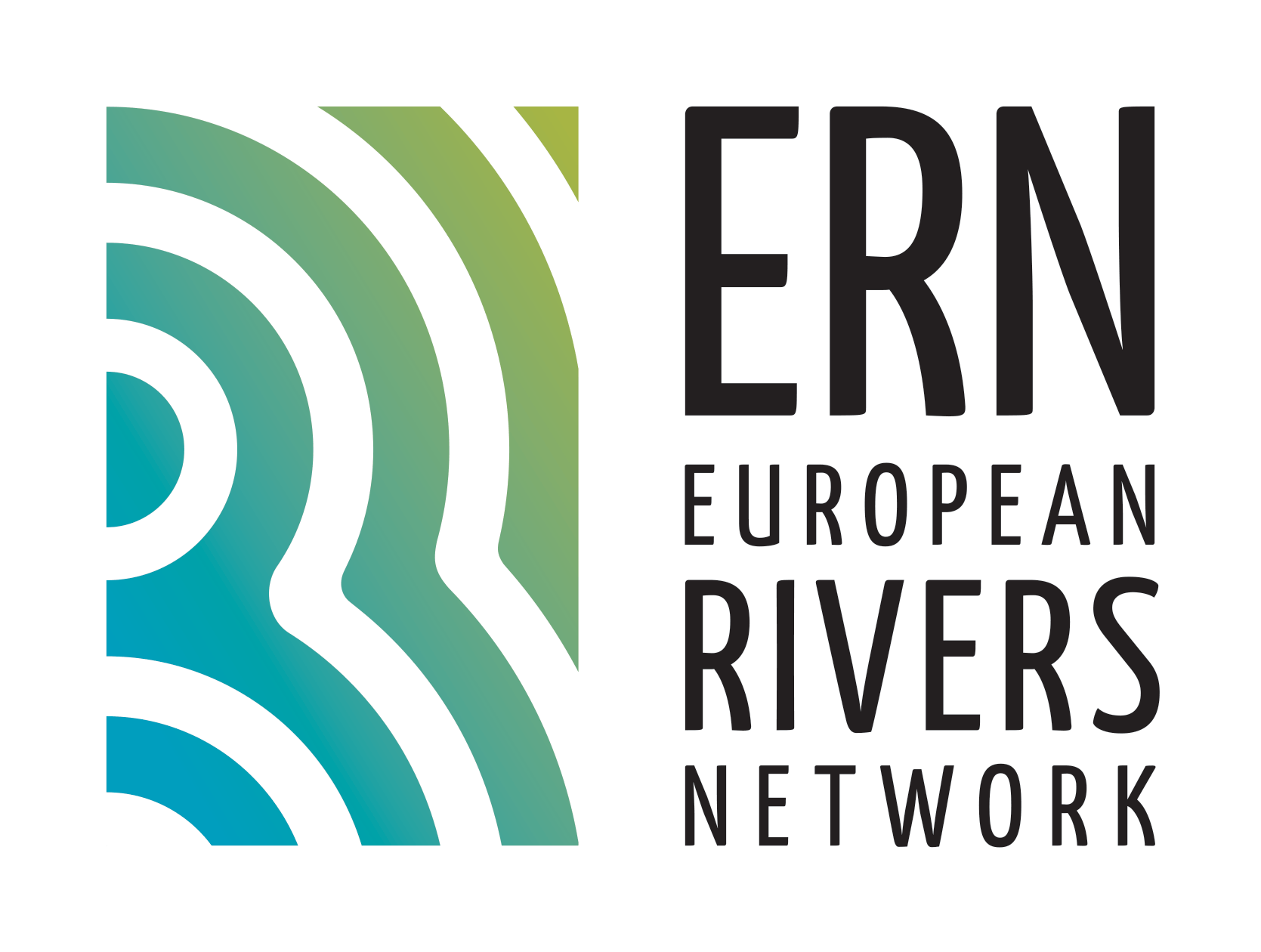Small and micro-hydro: A development everywhere in Europe, an alarming boom in France!
Definition of small and micro-hydropower
In France and in many European countries, the categories of hydropower plants are defined according to the power of the plant:
pico-power: <20 kW micro-hydro: from 20 kW to 500 kW mini power plant: from 500 kW to 2 MW small power plant: from 2 to 10 MW
Globally, the term “small hydropower” is used for power plants with a capacity of <10MW.
The share of small hydro in Europe
Hydropower accounts for about 80% of electricity generation from renewable resources in Europe and 19% of total electricity generation in Europe. The share of small hydropower in Europe’s electricity generation is about 3%.
According to a study by the European Small Hydropower Association (ESHA) in 2004, there were about 14,000 small hydropower plants with a total capacity of 10,000 MW in operation in the EU-15 at that time. They provide an annual production of about 40,000 GWh. In the new Member States (EU-10), there are about 2,800 small hydro plants with a total capacity of 820 MW and an average annual production of 2,300 GWh.
In the candidate countries (CC), there are about 400 plants with a total capacity of 600 MW and an average annual production of 1,400 GWh. The average capacity of individual plants is 0.3 MW in the EU15, 0.3 MW in the new Member States and 1.6 MW in the accession countries. According to Eurostat figures for 2002, the largest share of total small hydro capacity in the EU-25 was installed in Italy, with 21%, followed by France, with 17%, and Spain, with 16%. Among the new Member States, Poland and the Czech Republic lead with 2% each of the total small hydro capacity in the EU-25.
According to the EU RES export plan of 2002, the economically viable potential in Europe is about 250 TWh per year, which corresponds to a capacity of 55 GW. An additional 450 TWh per year or a capacity of 100 GW seems to be technically but economically unfeasible at present.
Boom in small and micro power plants: the worrying case of France!
In France, there are approximately 2,270 power plants with a capacity of <10 MW, which corresponds to 2,200 MW of installed capacity in the country. Small hydroelectric power plants are essentially run-of-river plants, without a dam or reservoir. They are most often equipped with a small dam that creates a head. This head, combined with the flow of the river, determines the power of the plant expressed in kilowatts (kW). Most of the small power plants receive very advantageous subsidies thanks to the buy-back of electricity at a price much higher than the market price or thanks to a premium (called complement of remuneration). France Hydro Electricité estimated the number of purchase contracts at the end of 2019 at 2,054 for approximately 2,000 MW. >> PDF on the subsidization of small hydro (french only)
However, these only total 1.9 GW of installed electrical power, or about 7% of the total power of the French hydroelectric fleet, and produce less than 1% of national electricity consumption!
This development of small hydroelectric power plants is in total contradiction with the policies of restoration of aquatic environments
Against the backdrop of the energy transition and the self-consumption law, which provide a favorable legal framework, small hydropower continues to develop. It benefits from subsidies and regulated feed-in tariffs. Finally, building a micro-hydro plant becomes an interesting financial operation for owners and project owners while satisfying the ecological and climatic conscience!
Most sites with energy potential are already equipped. The areas at stake are now in the front line, regardless of the efforts made to restore or preserve them. This is as much the case on jewel rivers in national parks as on other rivers classified in list 1 and list 2. The smallest waterfall is coveted for equipment: weirs, mills in the front line – taking advantage of possible “right of title” – but spared sites are not left out.
These new projects, located for the most part on assembly rivers and in chains, have disproportionate impacts on aquatic ecosystems with regard to the production of electricity generated: destruction of protected species and habitats, fish mortality and injuries in turbines and spillways, degradation of habitats in short-circuited sections, degraded ecological continuity, alteration of water quality, risk of degradation of the state of the water body, etc. for a few kWh.
This is as much the case on jewel rivers in national parks (for more information, see the brochure Les projets de microcentrales menacent les rivières sauvages) as on migration routes for large migratory species (Atlantic salmon, sea lamprey, shad, eel…). Yet their protection is required by the classification according to Article L214-17, the SDAGE Loire Bretagne and the Management Plan for Migratory Fish (PLAGEPOMI).
At a time when the resilience of ecosystems must be improved, micro- and micro-power plants increase the pressure on already fragile environments in the midst of transformation and adaptation to climate change. What is the long-term vision of these projects? Will the production (and therefore the economic benefits) always be there, given the episodes of drought, even in winter, the decrease in annual flows and the changes in the distribution of rainfall already observed? It is a salty bill which will await us if we let these projects of private interest condemn our heritage.
Our case studies in France
- A hydroelectric power station on the Vichy dam (Allier, salmon river) >> link
- The Descartes dam on the Creuse river, 1st obstacle since the ocean, soon equipped ! >> link (in french only)
- A power plant at Ebreuil (03) (Sioule, tributary of the Allier) >> link (in french only)
- A micro power plant at Chanteuges (Desges, Allier gorges) >> link
- The multiplication of power plants on the Alagnon basin, a salmon river >> link
- The example of the Petit Tabuc, one of the threatened alpine rivers >> link
- Presentation of other projects in preparation




 ERN is the official WWF Freshwater Partner in France and cooperates with WWF Switzerland, Austria, Netherlands and others
ERN is the official WWF Freshwater Partner in France and cooperates with WWF Switzerland, Austria, Netherlands and others